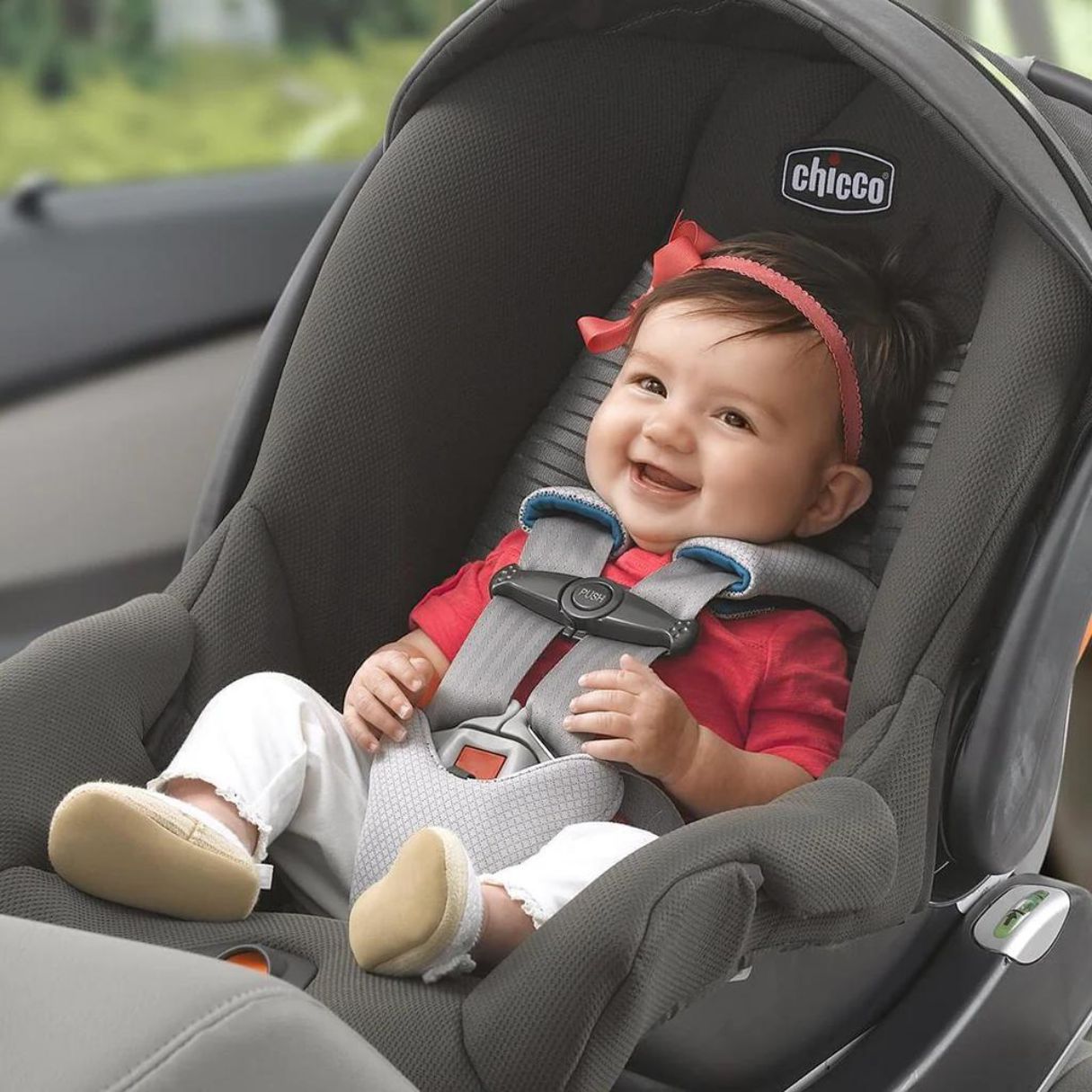

Articles
How To Store Infant Car Seat
Modified: October 19, 2024
Learn the best practices for storing an infant car seat in this informative article. Discover helpful tips and advice for keeping your child's car seat safe and secure when not in use.
(Many of the links in this article redirect to a specific reviewed product. Your purchase of these products through affiliate links helps to generate commission for Storables.com, at no extra cost. Learn more)
Introduction
When it comes to keeping our little ones safe while traveling in a vehicle, an infant car seat is an essential piece of equipment. It provides protection and comfort for babies, giving parents peace of mind. However, what happens when the car seat is not in use? Properly storing the car seat is just as important as using it correctly.
In this article, we will explore the importance of storing an infant car seat properly and provide practical tips on how to do it. We will discuss choosing an ideal location for storage, cleaning and maintenance tips, disassembling the car seat for storage, storing the car seat in a safe manner, potential hazards to avoid, and the importance of regular inspection and replacement of car seat components.
By following these guidelines, you can ensure that your infant car seat remains in optimal condition, ready to provide the necessary protection for your child whenever it is needed.
Key Takeaways:
- Properly storing an infant car seat is crucial for maintaining its safety and longevity. Choosing an ideal storage location, regular cleaning, and safe disassembly are key to protecting the seat from damage and ensuring its effectiveness.
- Regular inspection and replacement of car seat components are essential for ongoing safety. Following manufacturer’s guidelines, staying informed about recalls, and keeping records of maintenance ensure the seat continues to provide optimal protection for your child.
Read more: How To Store Car Seats
Importance of Proper Car Seat Storage
Properly storing your infant car seat is crucial for several reasons. Firstly, it helps to maintain the longevity of the car seat, ensuring its durability and effectiveness. By storing it correctly, you can prevent damage from occurring, such as cracks or wear and tear, which can compromise the safety features of the seat.
Secondly, storing the car seat properly helps to preserve its cleanliness. Infants and young children are prone to making messes, whether it’s with spilled snacks or diaper blowouts. Proper storage can prevent these messes from lingering in the fabric and foam of the car seat, making it easier to clean and keeping it hygienic for future use.
Additionally, storing the car seat in the right conditions can protect it from extreme temperatures and humidity. Exposure to excessive heat or cold can degrade the materials of the seat, affecting its integrity and potentially compromising its ability to provide optimal protection in the event of an accident.
Moreover, storing the car seat properly reduces the chances of accidental damage. When the car seat is not in use, it can be vulnerable to being knocked over, stepped on, or bumped into by other objects. By storing it in a safe and secure location, you can minimize the risk of any unintended harm and ensure that the seat remains in pristine condition.
Lastly, proper car seat storage allows for easy accessibility. When you need to use the car seat again, it is important to know where it is and have it readily available. By having a designated storage location, you can save time and reduce stress when you need to install the car seat again for a trip.
All in all, proper car seat storage is essential for maintaining the safety, cleanliness, and longevity of the seat. It ensures that the car seat is in optimal condition and ready to provide the necessary protection for your child every time you hit the road.
Choosing an Ideal Location for Storage
When it comes to storing your infant car seat, it is important to select an ideal location that meets specific criteria. Here are some factors to consider when choosing the storage location:
- Indoor vs. Outdoor: It is best to store the car seat indoors to protect it from the elements. If you must store it outdoors, make sure it is covered to prevent exposure to rain, snow, or direct sunlight.
- Temperature and Humidity: Choose a location that is not subject to extreme temperatures or high humidity. Extreme heat or cold can be detrimental to the materials of the car seat, while high humidity can promote the growth of mold and mildew.
- Stability and Safety: Ensure that the storage location provides a stable and secure environment. Avoid placing the car seat in areas where it can easily be knocked over or damaged by other objects.
- Cleanliness: Look for a clean and dust-free area to store the car seat. Avoid locations where the seat can accumulate dirt, debris, or pests.
- Accessibility: Choose a storage location that is easily accessible when you need to retrieve the car seat for use. It should be conveniently located and not obstructed by other items.
- Child-Free Zones: Keep the car seat away from areas where children frequently play or roam to prevent accidental damage or misuse.
Based on these considerations, some ideal storage locations for your infant car seat may include a closet, a spare room, or a designated area in the garage. Just remember to prioritize the safety, cleanliness, and accessibility of the storage location to ensure the car seat remains in excellent condition.
Cleaning and Maintenance Tips for Car Seats
Maintaining the cleanliness and condition of your infant car seat is essential for its longevity and functionality. Here are some cleaning and maintenance tips to keep in mind:
- Read the Manual: Before cleaning the car seat, refer to the manufacturer’s instructions and guidelines. Each car seat model may have specific cleaning recommendations, such as the use of certain cleaning agents or methods.
- Regular Spot Cleaning: Clean up spills and messes as soon as they happen to prevent stains from setting. Use a mild soap and water solution or a designated car seat cleaner to gently blot and clean the affected area.
- Remove and Wash Seat Covers: Check if your car seat’s covers are removable and machine washable. Follow the manufacturer’s instructions for removing and washing the covers. Use a gentle cycle and mild detergent, and air dry them to avoid shrinkage.
- Wipe Down Non-Removable Parts: For parts of the car seat that cannot be removed, such as the harness straps, use a damp cloth or baby wipes to wipe them down and remove any dirt or spills. Avoid using harsh chemicals or cleaners that may damage the materials.
- Avoid Submerging the Car Seat: Never submerge the entire car seat in water, as it can damage the internal components and compromise its safety features. Stick to spot cleaning and surface cleaning methods.
- Inspect for Damage: Regularly inspect the car seat for any signs of wear and tear, such as frayed straps, loose parts, or cracks. If you notice any damage, discontinue use and contact the manufacturer for guidance on repairs or replacement.
- Check for Recalls: Stay updated on any recalls or safety notices for your car seat model. Check the manufacturer’s website or visit websites such as the National Highway Traffic Safety Administration (NHTSA) to ensure that your car seat is not subject to any safety concerns.
By following these cleaning and maintenance tips, you can ensure that your infant car seat remains clean, safe, and in optimal condition for your child’s use. Regular care and upkeep will help extend the lifespan of the car seat and provide peace of mind while traveling.
Disassembling the Car Seat for Storage
When it comes to storing your infant car seat, disassembling certain parts can help maximize space and protect the seat from potential damage. Here are the steps to disassemble the car seat for storage:
- Refer to the Manual: Review the car seat’s instruction manual to understand how to safely disassemble it for storage. Different car seat models may have specific instructions.
- Remove the Fabrics: Many car seats have removable fabric covers. Follow the manufacturer’s instructions to remove them carefully. Make sure to launder them according to the guidelines provided.
- Detach the Base (if applicable): If your car seat has a detachable base, remove it from the car seat. This will help save space during storage and make it easier to pack.
- Uninstall the Car Seat: If the car seat is still installed in your vehicle, uninstall it following the proper procedure outlined in the manual. Release the seatbelt or LATCH system, and carefully remove the car seat from the vehicle.
- Disassemble Additional Parts: Depending on your car seat model, there may be additional parts that can be removed for storage, such as the headrest, shoulder pads, or body supports. Again, refer to the manual for specific instructions.
- Clean the Components: Take the time to clean and sanitize all disassembled parts of the car seat, following the cleaning tips mentioned earlier. Ensure they are thoroughly dry before moving on to the next step.
- Store Components Safely: Once the parts are clean and dry, store them in a safe and clean location. Wrap them in a plastic bag or place them in a designated storage container to protect them from dust, dirt, and potential damage.
Remember to keep all disassembled parts together for easy reassembly when you need to use the car seat again. It is also a good idea to label any small parts or screws to ensure you can easily locate them later.
By properly disassembling the car seat for storage, you not only save space but also protect the components from potential damage. Make sure to follow the manufacturer’s guidelines and take the necessary precautions to keep the car seat in excellent condition during the storage period.
When storing an infant car seat, be sure to clean it according to the manufacturer’s instructions, remove the base, and store it in a cool, dry place away from direct sunlight to prevent damage to the materials and components.
Read more: How To Turn A Car Seat Into A Booster Seat
Storing the Car Seat in a Safe Manner
Properly storing your infant car seat is crucial to ensure its safety and longevity. Here are some tips for storing the car seat in a safe manner:
- Clean and Dry: Before storing the car seat, ensure that all the components are clean and dry. This helps prevent the growth of mold and mildew during storage.
- Use the Original Box or Bag: If you still have the original packaging for the car seat, use it to store the seat. The box or bag is designed to provide optimal protection and support for the car seat.
- Secure Loose Parts: If there are any loose parts or accessories that cannot be secured to the car seat, place them inside a Ziploc bag and attach it to the car seat using a string or tape. This way, all the components stay together and are easily accessible when needed.
- Avoid Hanging: Do not hang the car seat by the harness straps or any other parts. This can compromise the integrity of the straps and may cause them to stretch or fray over time.
- Store in an Upright Position: Instead, store the car seat in an upright position on a flat surface. This helps maintain the proper shape of the seat and prevents any distortion or misalignment.
- Keep Away from Heavy Objects: Avoid placing heavy items on top of the stored car seat. This can cause unnecessary pressure and potentially damage the seat or its components.
- Protect from Dust and Dirt: Cover the stored car seat with a clean sheet or a breathable fabric cover to protect it from dust and dirt. This also helps prevent any potential scratches or damage.
- Store in a Dry Environment: Choose a storage location that is dry and free from excessive humidity. Moisture can affect the integrity of the car seat’s materials and promote the growth of mold and mildew.
- Keep Away from Pests: Ensure that the storage location is pest-free, as insects and rodents can cause damage to the car seat. Use appropriate pest control measures if necessary.
- Avoid Drastic Temperature Changes: Try to store the car seat in an area with relatively stable temperatures. Avoid locations that are prone to extreme heat or cold, as this can affect the materials of the seat.
By following these guidelines, you can store your infant car seat in a safe manner, ensuring it remains in excellent condition until it is needed again. Proper storage protects the seat from damage and helps maintain its safety features, giving you peace of mind when it’s time to use it once more.
Potential Hazards to Avoid During Storage
While storing your infant car seat, it’s important to be aware of potential hazards that can compromise its safety and effectiveness. Here are some hazards to avoid during storage:
- Exposure to Sunlight: Avoid storing the car seat in direct sunlight for extended periods. Prolonged exposure to sunlight can cause the materials to fade, weaken, or become brittle.
- Extreme Temperatures: Keep the car seat away from extreme temperatures, both hot and cold. Exposure to extreme heat can cause the materials to warp or degrade, while extreme cold can make them more prone to cracking.
- Moisture and Humidity: Avoid storing the car seat in a damp or humid environment. Moisture and humidity can encourage the growth of mold, mildew, and bacteria, which can compromise the cleanliness and safety of the seat.
- Sharp Objects: Make sure that the storage area is free from sharp objects that could puncture or damage the car seat. Keep the seat away from tools, garden equipment, or any other items that may pose a risk.
- Chemicals: Avoid storing the car seat near chemicals, cleaning products, or volatile substances. These substances can emit fumes that may damage the seat’s materials or affect its safety features.
- Pets and Animals: Keep the car seat away from pets and animals during storage. They may chew on straps or other parts of the seat, causing damage or rendering it unsafe for use.
- Heavy Objects: Do not stack heavy objects on top of the stored car seat. Excessive weight or pressure can deform the seat or its components, compromising its safety and integrity.
- Unsecured Storage: Make sure that the stored car seat is secure and won’t be knocked over or jostled by other items. Instability can cause damage or misalignment of the seat’s parts.
- Improper Handling: Be cautious when moving or transporting the car seat for storage. Rough handling or dropping can cause damage to the seat or its components, affecting its functionality.
By avoiding these potential hazards during storage, you can ensure that your infant car seat remains in excellent condition and is ready to provide optimal protection for your child when you need it. Taking necessary precautions will help maintain the safety and longevity of the seat, giving you peace of mind throughout the storage period.
Regular Inspection and Replacement of Car Seat Components
Regular inspection and maintenance of your infant car seat is vital to ensure its ongoing safety and reliability. Here are some important guidelines for inspecting and replacing car seat components:
- Read the Manual: Familiarize yourself with the car seat’s instruction manual and guidelines for inspection and replacement. Each car seat model may have specific recommendations.
- Schedule Regular Inspections: Set a regular schedule to inspect your car seat for any signs of wear and tear. Check the seat, straps, buckles, and other components for any damage, fraying, or loosening.
- Inspect the Harness Straps: Carefully examine the harness straps for any signs of wear, such as fraying, twisting, or weakening. Check that the straps are properly threaded through the slots and securely attached to the car seat.
- Check Buckles and LATCH System: Ensure that the buckles and the LATCH (Lower Anchors and Tethers for Children) system are functioning properly. Make sure that the buckles properly engage and release and that the LATCH connectors are secure.
- Examine the Padding and Cushioning: Inspect the padding and cushioning of the car seat for any deterioration, flattening, or damage. Ensure that it still provides adequate support and comfort for your child.
- Check for Recalls: Regularly check for any recalls or safety notices related to your car seat’s model. Visit the manufacturer’s website or the National Highway Traffic Safety Administration (NHTSA) website to stay informed about any safety concerns.
- Follow Manufacturer’s Replacement Recommendations: If any components of the car seat are damaged or worn beyond repair, it is crucial to follow the manufacturer’s recommendations for replacement. Contact the manufacturer to purchase new parts or inquire about repairs.
- Consider the Age and Safety Standards: Car seats have an expiration date, typically around six to ten years from the date of manufacture. If your car seat has reached or exceeded the expiration date, it is important to replace it with a new one that meets current safety standards.
- Keep Documentation and Records: Maintain a record of your car seat’s purchase date, any repairs or replacements, and its expiration date. This will help you stay organized and ensure that you are using a safe and up-to-date car seat.
Regularly inspecting and replacing car seat components as needed is essential for the ongoing safety and effectiveness of the seat. By following these guidelines, you can help ensure that your infant car seat continues to provide optimal protection for your child during every journey.
Conclusion
Properly storing your infant car seat is just as important as using it correctly when it comes to ensuring the safety and longevity of the seat. By choosing an ideal location for storage, cleaning and maintaining the seat, disassembling it when needed, and taking precautions to store it safely, you can protect the car seat from damage and maintain its effectiveness.
During the storage period, it is crucial to avoid potential hazards such as extreme temperatures, exposure to sunlight, moisture, and pests. Regularly inspecting the car seat for any signs of wear and tear and following the manufacturer’s recommendations for replacement will help ensure its ongoing safety and reliability.
Remember to refer to the car seat’s instruction manual for specific guidelines on cleaning, maintenance, and storage. By complying with these instructions and staying updated on any recalls or safety notices, you can provide the best possible protection for your child during every journey.
Investing time and effort into properly storing your infant car seat pays off in the long run. It allows you to maintain the seat’s integrity, cleanliness, and functionality, so it remains ready to provide the necessary safety and comfort for your child whenever you hit the road.
By following the tips outlined in this article, you can ensure that your infant car seat is always in top condition, giving you peace of mind as you travel with your little one.
Frequently Asked Questions about How To Store Infant Car Seat
Was this page helpful?
At Storables.com, we guarantee accurate and reliable information. Our content, validated by Expert Board Contributors, is crafted following stringent Editorial Policies. We're committed to providing you with well-researched, expert-backed insights for all your informational needs.
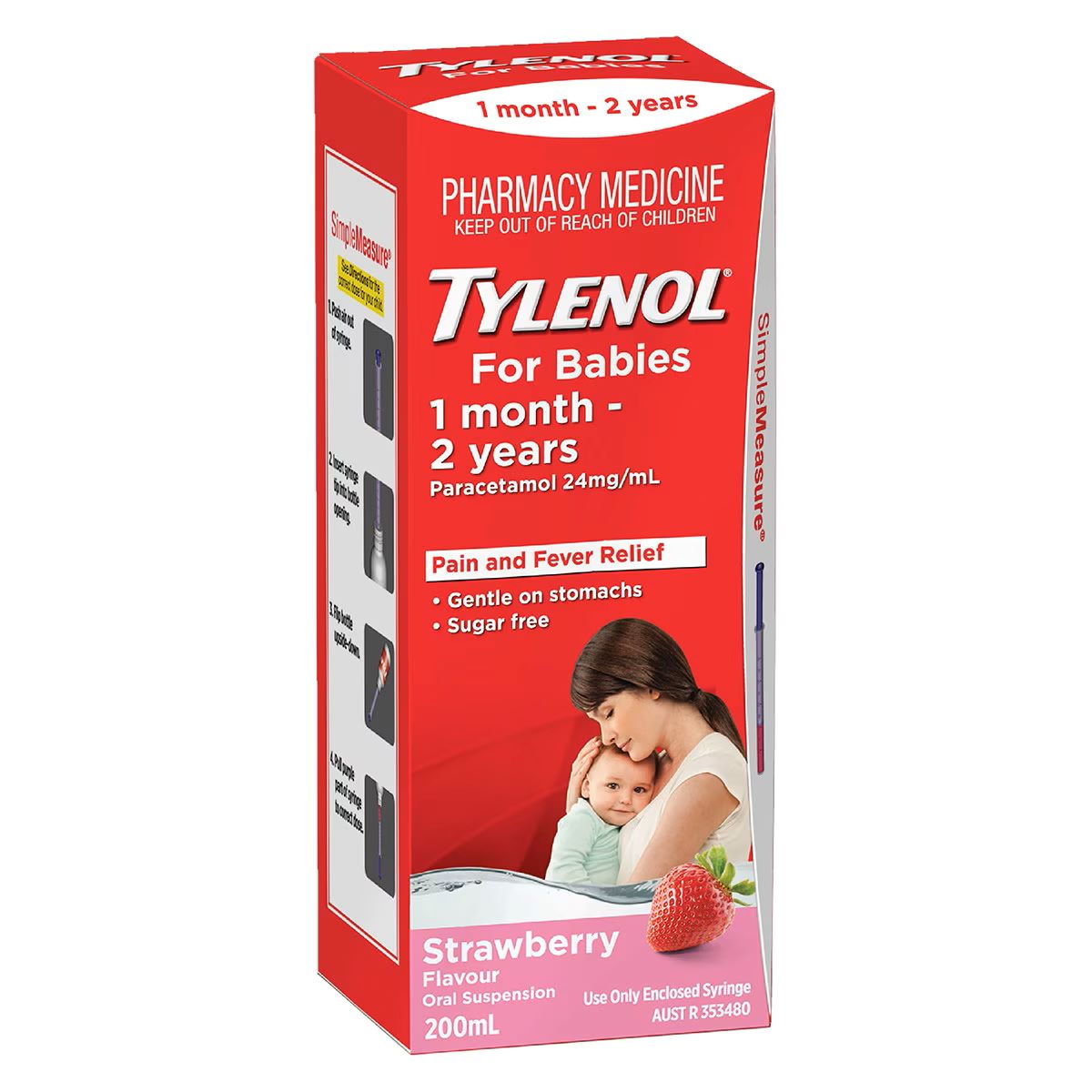
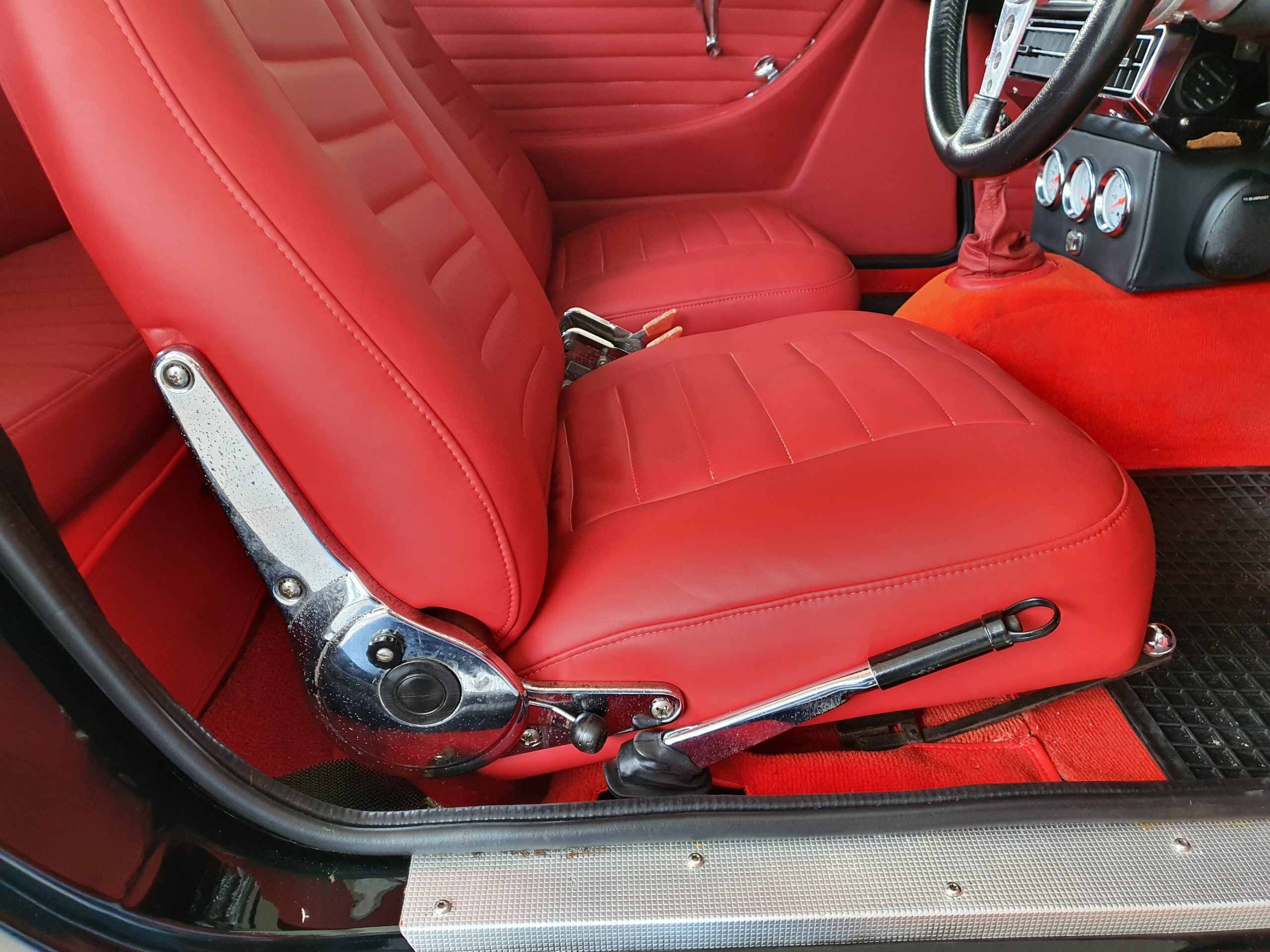
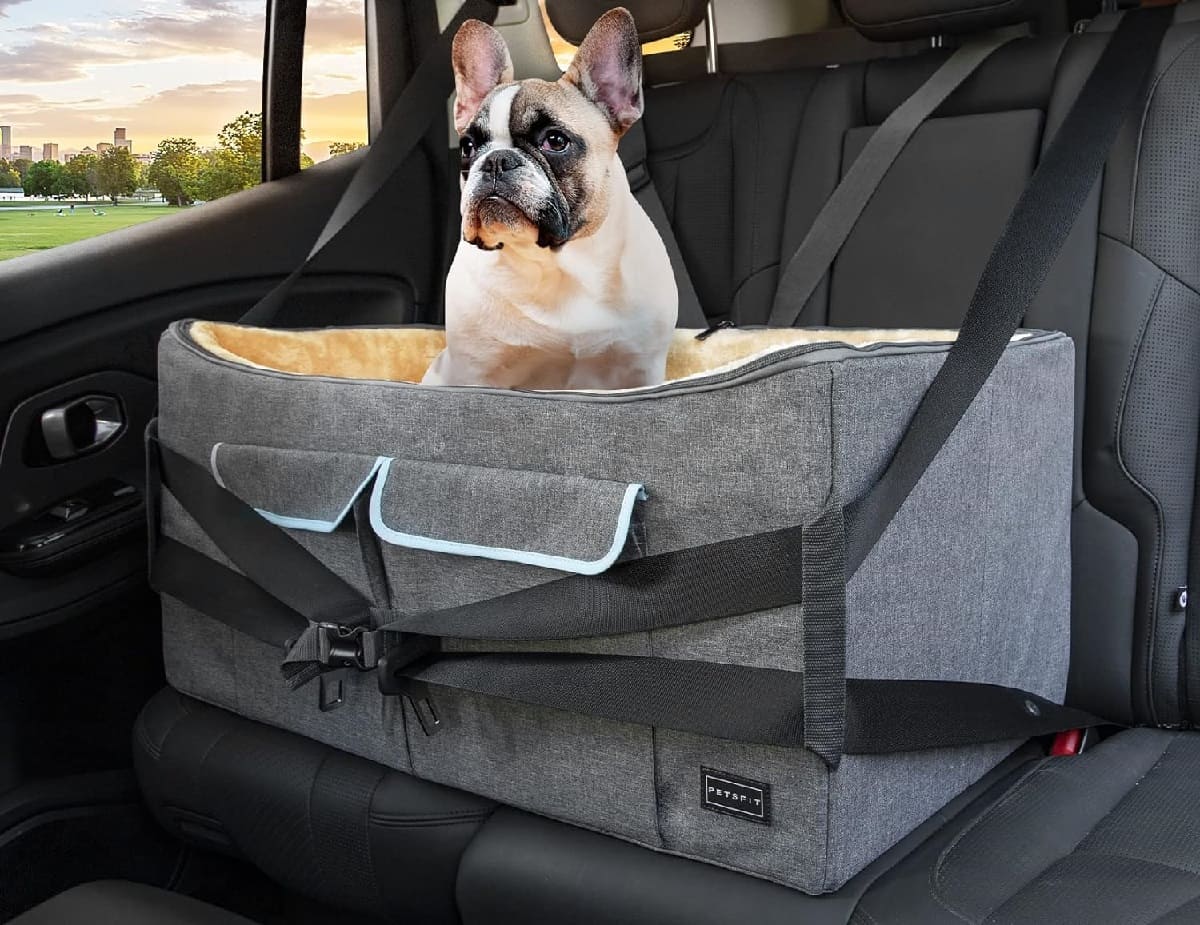
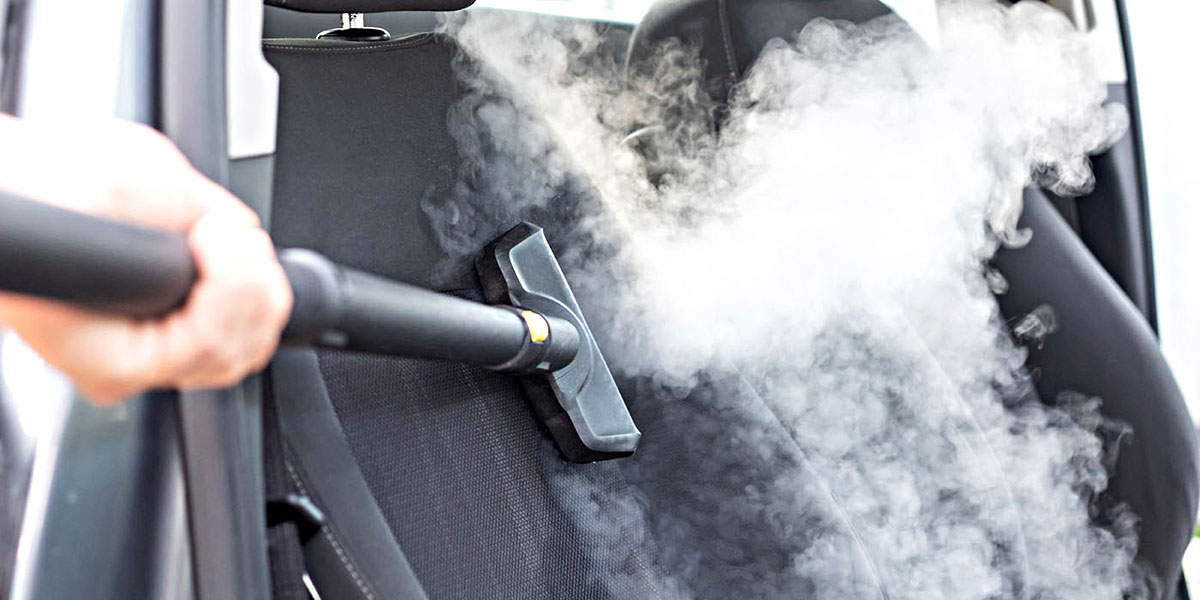
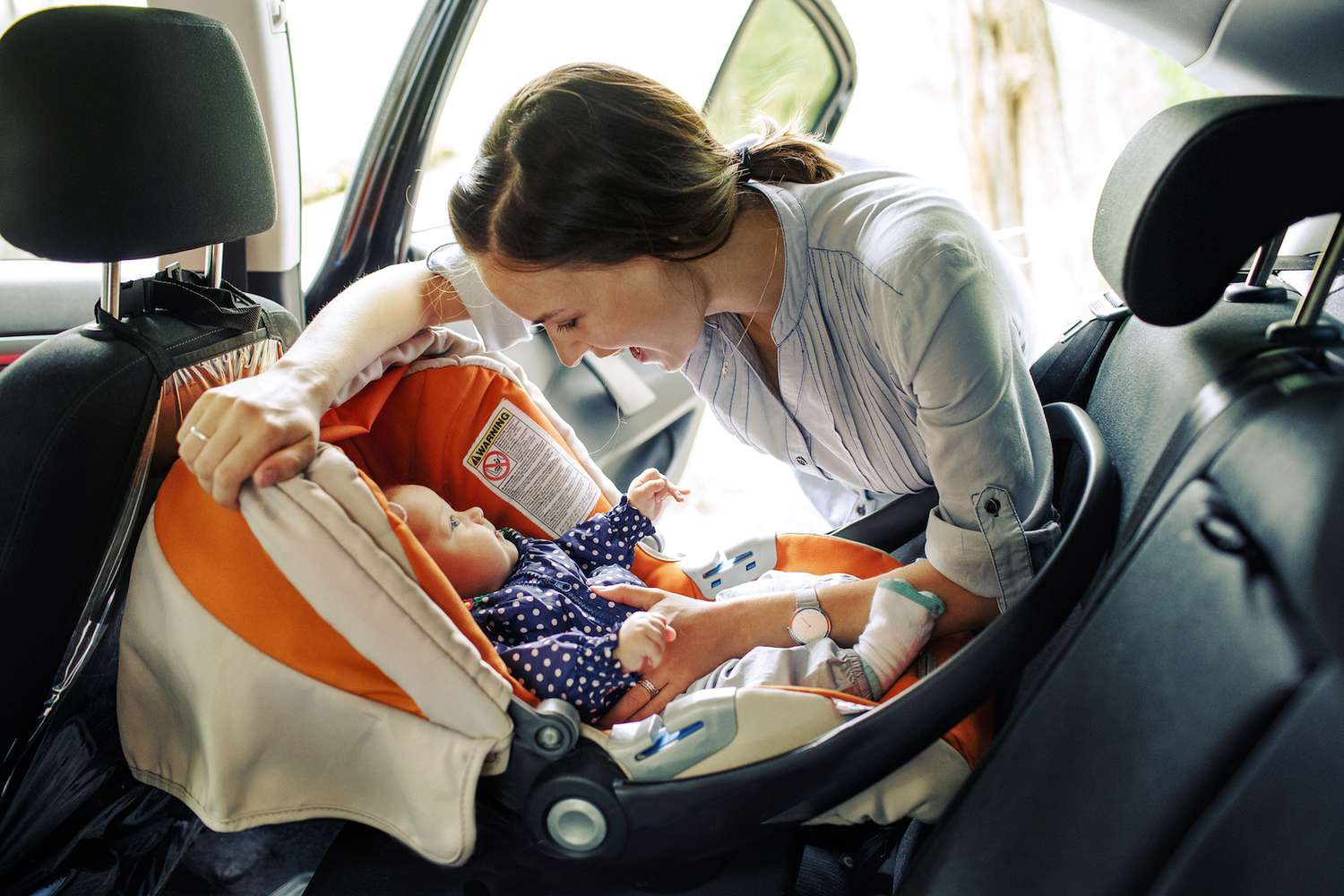
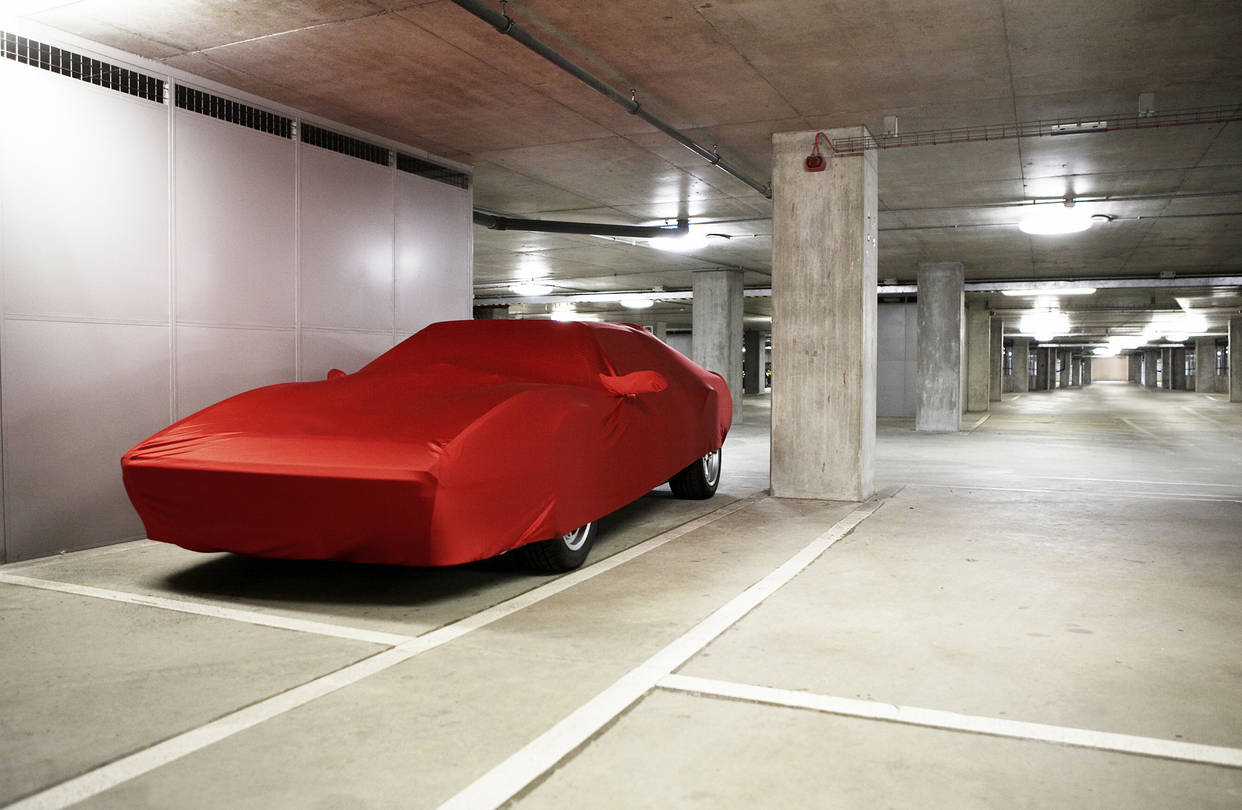
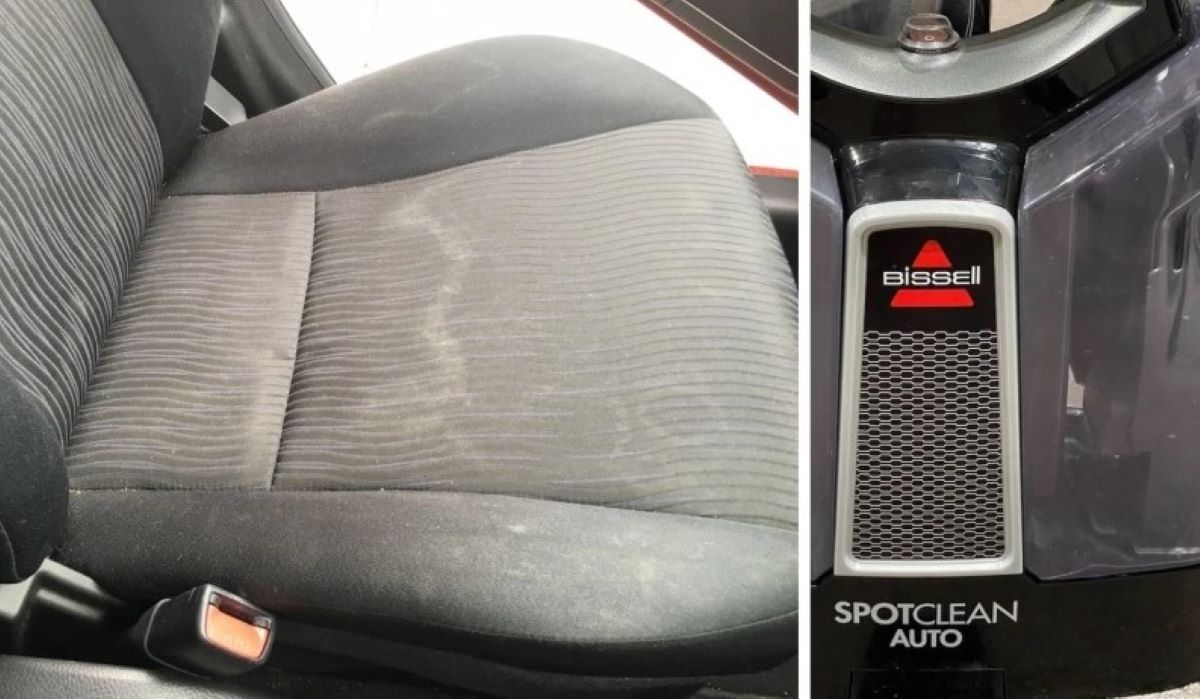



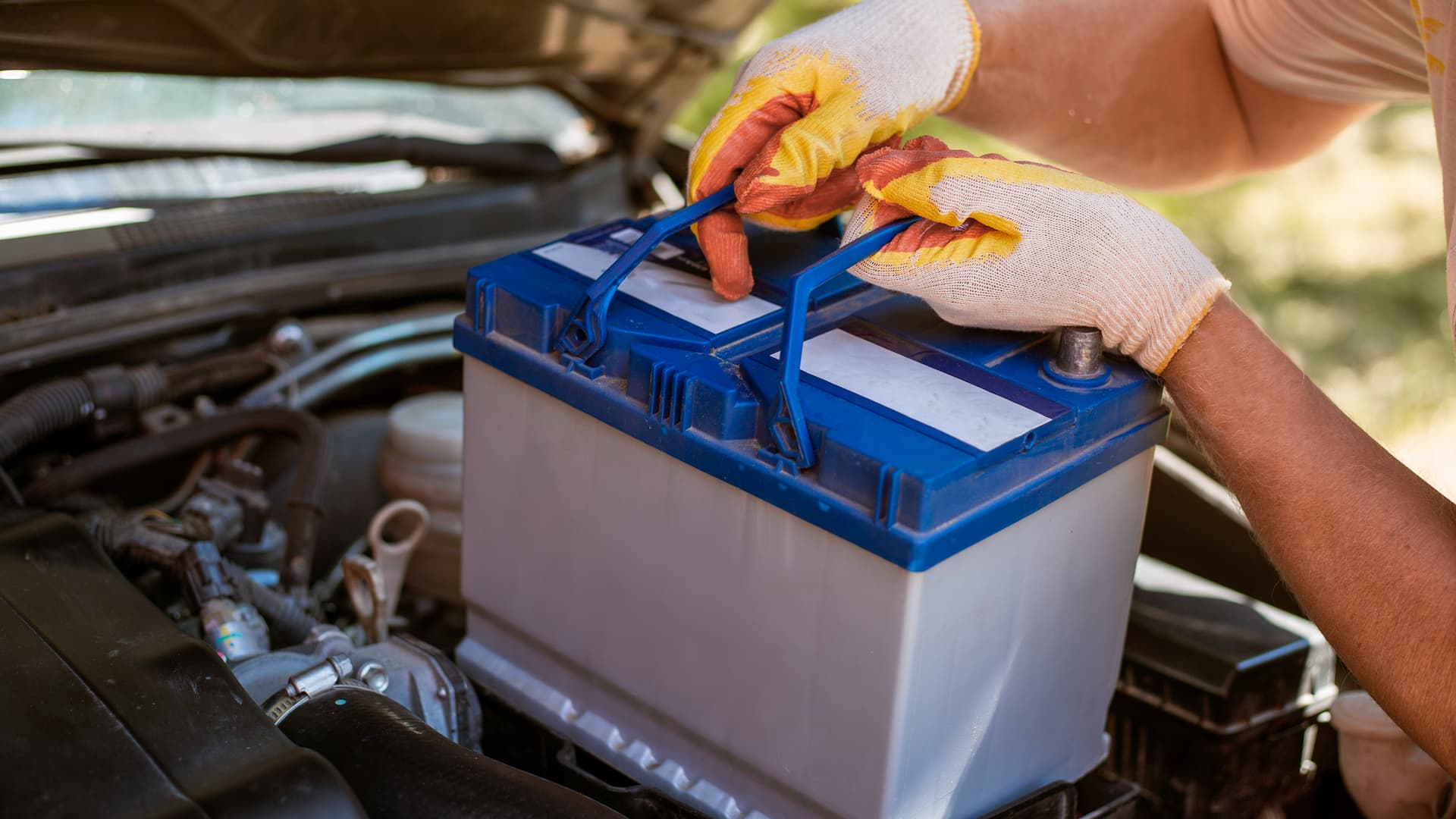
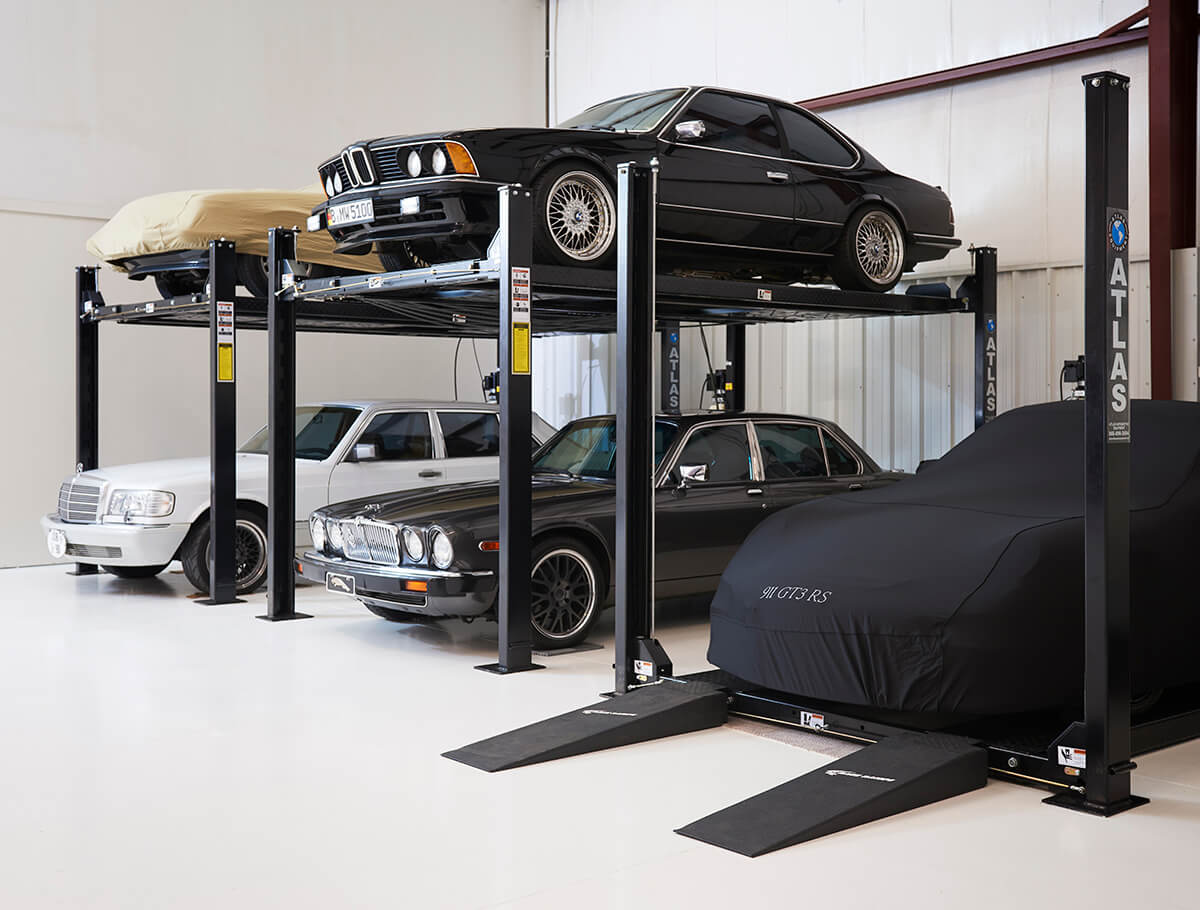
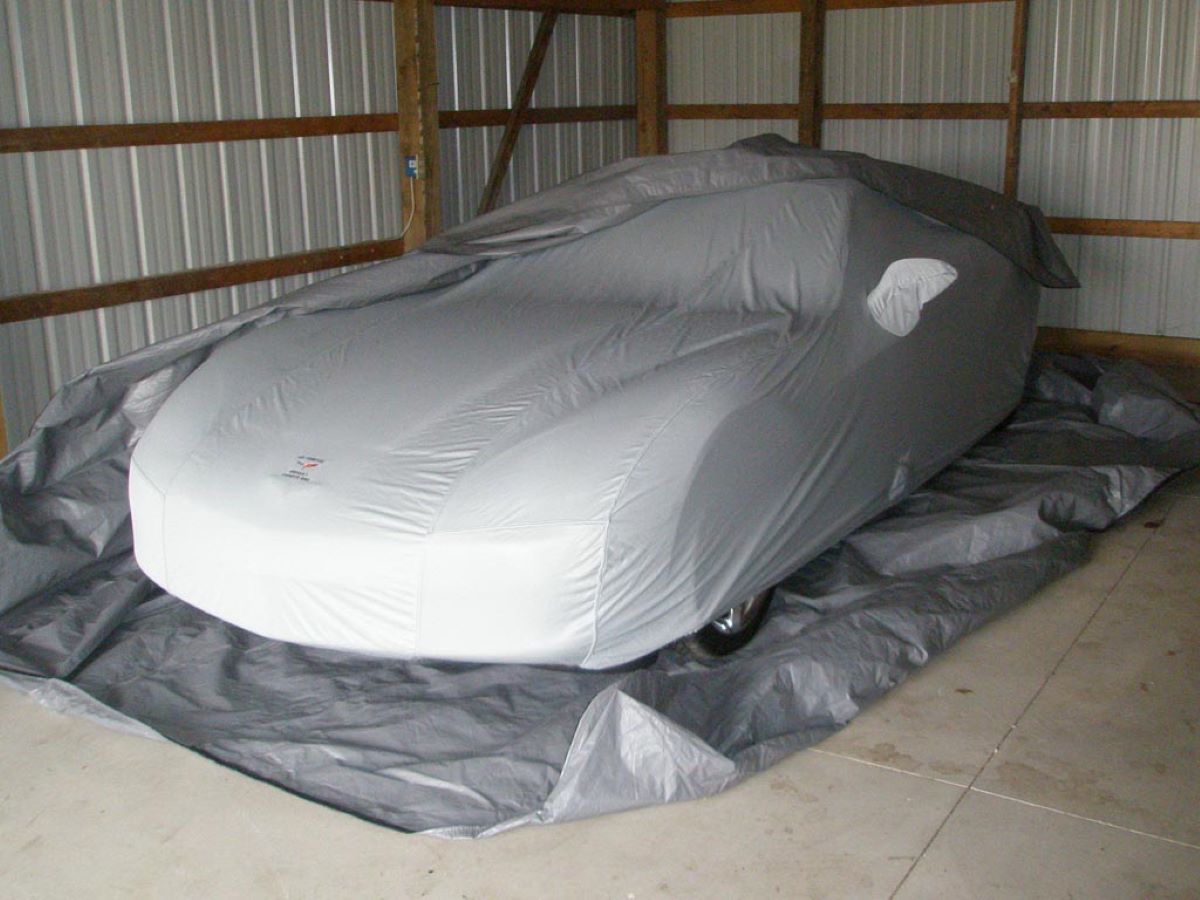
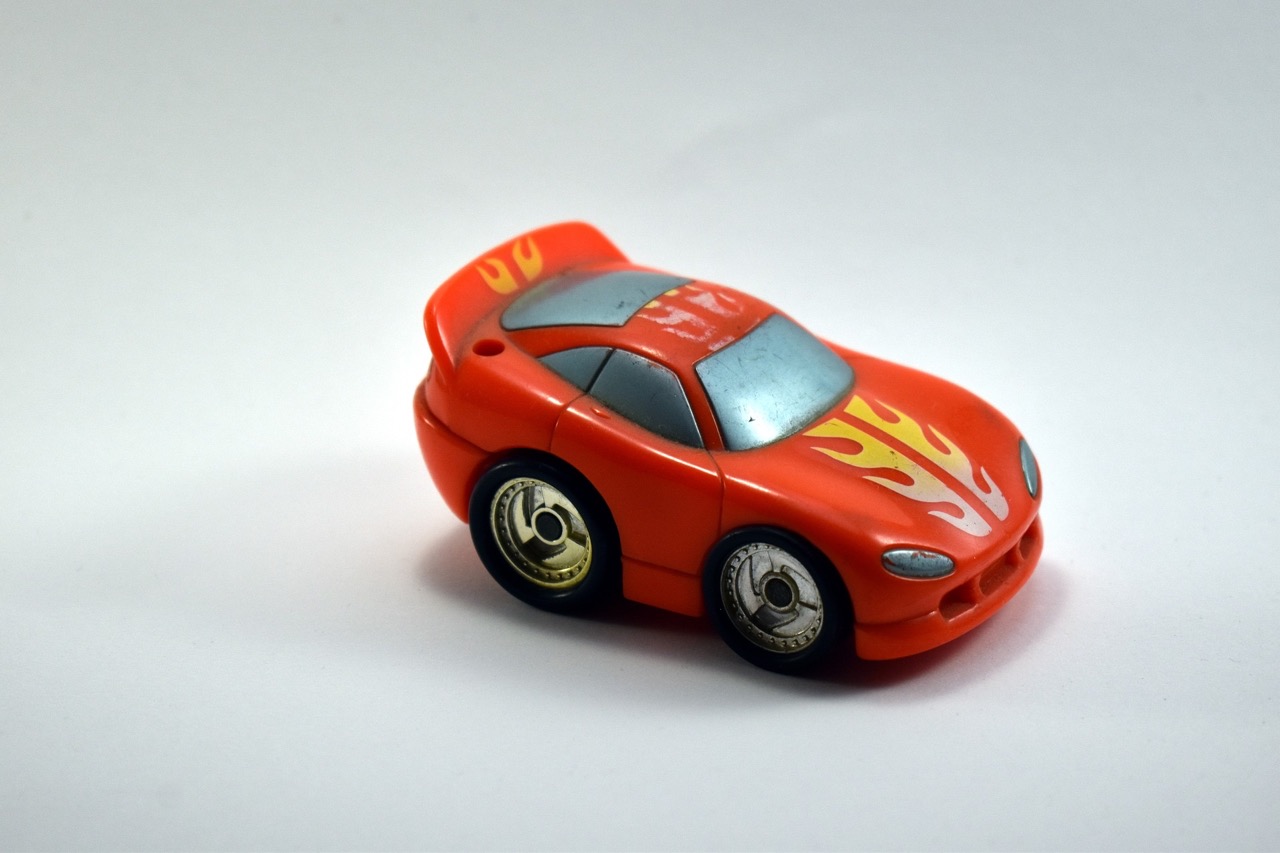

0 thoughts on “How To Store Infant Car Seat”